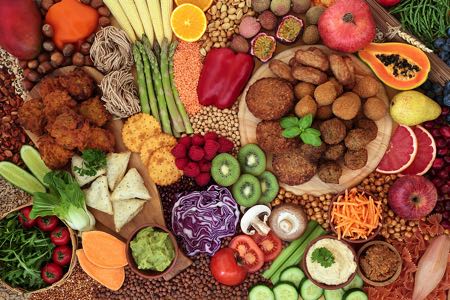 A lack of protein is not a serious health issue for many people in the developed world will ever encounter and indeed most people, including vegans, get more than enough of this macronutrient. However, for those who want to lose weight, or who are undertaking a strenuous exercise regime, consuming higher-than-normal levels of protein is often recommended by health and nutrition professionals.
A lack of protein is not a serious health issue for many people in the developed world will ever encounter and indeed most people, including vegans, get more than enough of this macronutrient. However, for those who want to lose weight, or who are undertaking a strenuous exercise regime, consuming higher-than-normal levels of protein is often recommended by health and nutrition professionals.
There are many great sources of vegan protein and, by and large, it is a misconception that those eating a healthy vegan diet will struggle to meet their protein needs. However, for those looking to eat more protein than is generally recommended a little extra effort is required. Vegans can still very easily eat a high protein diet but if you aren’t sure how to get 100g of protein, or more, into your diet, then allow us to show you just how straightforward that can be.
100g of Protein Per Day on a Vegan Diet

How you go about getting 100g of protein, or more if you desire, is up to you but it is certainly very achievable on a vegan diet. There are so many excellent vegan protein powders and vegan protein bars available these days and these are the quickest, simplest and often cheapest ways to get a lot of protein into your diet. Typically a serving of powder, mixed with water, will provide 20g to 30g of protein per serving and you might choose to have three of these a day, especially on and around training days.
Those alone could deliver between 60g and 90g of protein which would see you well on the way to that 100g target. However, there are lots of natural foods that also deliver a lot of vegan protein and most people would agree that it is better to get your nutrients, be they macros like protein, or micros like iron or calcium, through whole foods rather the many vegan supplements that are available.
Supplements and protein powders can certainly play a role and are especially useful for certain people and in certain scenarios but they should be what they are called – supplements to your main diet. So, what sort of meals and snacks could a vegan eat to meet that 100g of protein? The following is just one example of what sort of day a vegan could have to get well over 100g of protein. Broadly speaking, we believe this to be a healthy day’s eating, although, of course, it would fit into a wider nutritional picture.
Breakfast
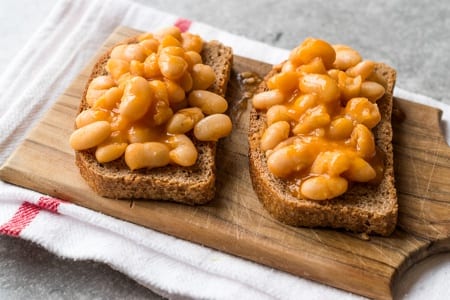
One really easy way to get a healthy start to the day is by eating the absolute classic that is beans on toast. Some may be concerned that the beans are a little high in sugar and salt but there are versions that are lower in both of these. Most baked beans and indeed most bread is vegan, so you won’t have to shop around too hard either.
The exact nutrient value will vary according to the bread and beans you opt for and, of course, the serving size. However, based on fairly typical values and consuming two slices of decent wholemeal bread alongside half a can of beans, this breakfast would yield around 20g of protein. Such a breakfast would give you around 14g of super-healthy fibre too and only come in at about 380 calories too, all in all making it a very good way to start the day.
Lunch
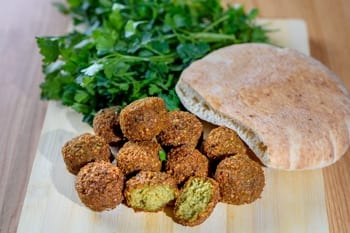 For lunch, you could opt for a vegan sandwich but having had two slices of bread for breakfast you might prefer to give that a miss. Instead, how about some hummus and falafels in a pita bread with plenty of salad and some nice pickles?
For lunch, you could opt for a vegan sandwich but having had two slices of bread for breakfast you might prefer to give that a miss. Instead, how about some hummus and falafels in a pita bread with plenty of salad and some nice pickles?
A single wholemeal pita has around six grams of protein and similar amounts of fibre, with approximately 135 calories. Three tablespoons of hummus adds around four grams of protein, more fibre and only around 80 calories. The falafels will vary a great deal in size and nutrition but you can probably expect three small ones to bring around seven grams of protein and 170 calories to your lunch, not to mention plenty of vitamins and minerals, such as manganese, Vitamin B6, iron and zinc.
The salad will provide plenty of extra nutrients and very few calories, but bulk out your lunch nicely. All in all, this meal will add around 18g of protein and 450 calories to your day, taking you to 38g of protein so far.
Evening Meal
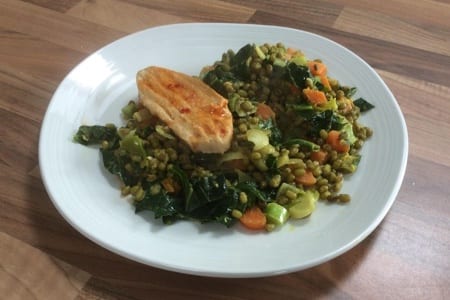 There are loads of high-protein options to add to your evening meal, from seitan to tempeh and from tofu to lentils, plus much more besides. However, why not try out our version of the brilliant Filipino stew, mungo? It’s like a hug in a bowl and with ginger, garlic, turmeric and lots of greens, and the highly nutritious mung beans, it is packed full of nutritional goodness too.
There are loads of high-protein options to add to your evening meal, from seitan to tempeh and from tofu to lentils, plus much more besides. However, why not try out our version of the brilliant Filipino stew, mungo? It’s like a hug in a bowl and with ginger, garlic, turmeric and lots of greens, and the highly nutritious mung beans, it is packed full of nutritional goodness too.
You can reckon on around 20g of protein from the beans alone, plus a massive 14g of fibre, plus loads of B vitamins and iron. To ramp up the protein even further we often like to enjoy this with a little tofu, seitan or vegan Quorn on the side, adding between 10g and 20g of protein and perhaps 150 calories to the dish. Depending on exactly how you make it and what you serve it with, this should be around the 600-calorie mark and at least 30g more protein towards your 100g target.
Protein Shakes
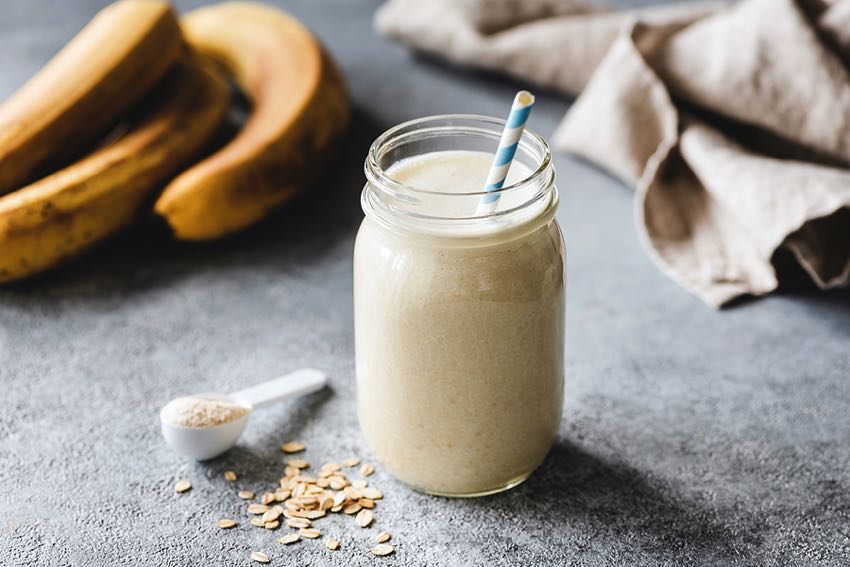 This sort of day of eating would have you consuming, thus far, something like 68g of protein and perhaps 1,500 calories. Protein shakes, powders and bars vary in the amount of protein they offer per serving but let’s say you opt for one with 25g of pea protein and approximately 130 calories. As a general rule, it is best to drink such a supplement between 30 minutes and two hours after exercising but for most people it won’t really make too much difference when you have your protein, as long as you are consuming enough in general.
This sort of day of eating would have you consuming, thus far, something like 68g of protein and perhaps 1,500 calories. Protein shakes, powders and bars vary in the amount of protein they offer per serving but let’s say you opt for one with 25g of pea protein and approximately 130 calories. As a general rule, it is best to drink such a supplement between 30 minutes and two hours after exercising but for most people it won’t really make too much difference when you have your protein, as long as you are consuming enough in general.
Snacks
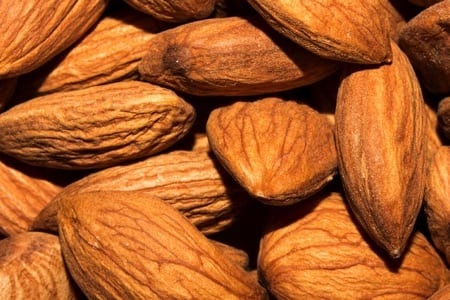 With the three meals detailed above and a single shake your protein intake is getting very close to that 100g target, currently on around 93g (and 1,630 calories). Add a standard size serving of almonds, around 28g and you will be pretty much at your target for protein, though you could have a slice of toast with some almond butter to make sure you were well over, or perhaps a few spoons of healthy seeds on top as well.
With the three meals detailed above and a single shake your protein intake is getting very close to that 100g target, currently on around 93g (and 1,630 calories). Add a standard size serving of almonds, around 28g and you will be pretty much at your target for protein, though you could have a slice of toast with some almond butter to make sure you were well over, or perhaps a few spoons of healthy seeds on top as well.
How to Get Well Over 100g of Protein
As you can see, it is very easy to consume 100g of protein on a healthy, well-balanced vegan diet. What’s more, given the above is well under 2,000 calories, you have plenty of room for manoeuvre too and could squeeze in a coffee or two and perhaps even a treat like a small pack of crisps or some tasty vegan chocolate.
Of course, if your protein target is higher than 100g the quickest way to boost that significantly would be to have an extra protein shake, or even two if you have worked out that day. In an instant that takes you to over 120g, or around 150g (if you had two) for the day. Alternatively, you might opt to make one or more of your meals a little larger.
If you like a big breakfast then an extra slice of toast and having a whole can, rather than half, of beans, would boost your protein by around 15g. Alternatively a larger lunch, or perhaps an extra piece of seitan or tofu with your evening meal could also boost your protein by a similar amount.
How Much Protein Do I Need?
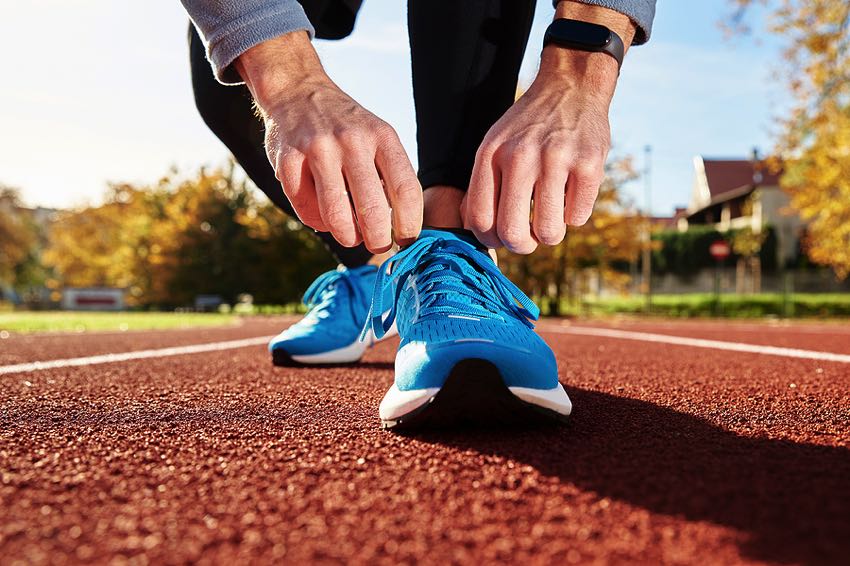
We have looked at eating 100g of protein thus far because that is a figure that we know a lot of people aim for. It might be a little arbitrary though, so the really obvious question is how much protein should we all be eating?
For normal health, somewhere between 0.66g and 0.75g of protein per kilo of body weight is recommended (the lower figure comes from the World Health Organisation (WHO) and the higher one from the British Nutrition Foundation or BNF). That would mean that an adult weighing 76kg, or around 12 stone in old money, would need to eat just under 60g of protein per day based on the BNF figure.
Depends on your Activity
However, several reliable sources state that more active people, those looking to lose weight or those looking to gain muscle mass, and possibly even the populace as a whole, should eat more protein than that. There is an argument that those initial figures actually date back to the 1940s when public bodies were looking at the very minimum requirement to avoid deficiency. During and after World War II, when meat, eggs, cheese and other items were being rationed, the focus was not on optimal health but on merely trying to avoid muscle wastage, stunted growth and other health issues related to a lack of protein.
Depends on Your Personal Goals
Quite how much protein we need varies according to the individual and is also still debated. Key factors include how active you are and what your goals are, because protein has a key role to play in satiety (making you feel full), blood sugar control, weight management and muscle growth. This means that we see a wide range when it comes to recommended protein intake, with those from the WHO and BNF at the low end and others from places such as America’s National Academy of Sports and Medicine (NASM) going as high as 3.4g of protein per kilogram (albeit for someone undertaking a heavy exercise regime). The International Olympic Committee (IOC) suggested 1.2g-1.8g per kg, with the International Society of Sports Nutrition going higher at 1.4-2.0g/kg body weight.
The Average Adult
For reference, therefore, whilst a 76kg (or 12 stone) adult would need 57g of protein according to the BNF, according to NASM, if that same person was exercising a lot, highly active and looking to gain muscle, they would need to consume almost 260g of protein! That is a huge, huge difference but then US dietary guidelines suggest protein should account for between 10% and 35% of daily calories. With four calories per gram of protein, that means a range of 63g and 219g based on a diet of 2,500 calories per day.
The issue of how much protein we need is, therefore, far from “solved” and a personal approach is probably the best. Seeing what works best for you in terms of your lifestyle and goals, and tweaking the amount of protein if you aren’t seeing results is advised. There are certainly some health risks associated with a diet that is very high in protein and so we recommend you speak to a professional before embarking on anything too extreme.